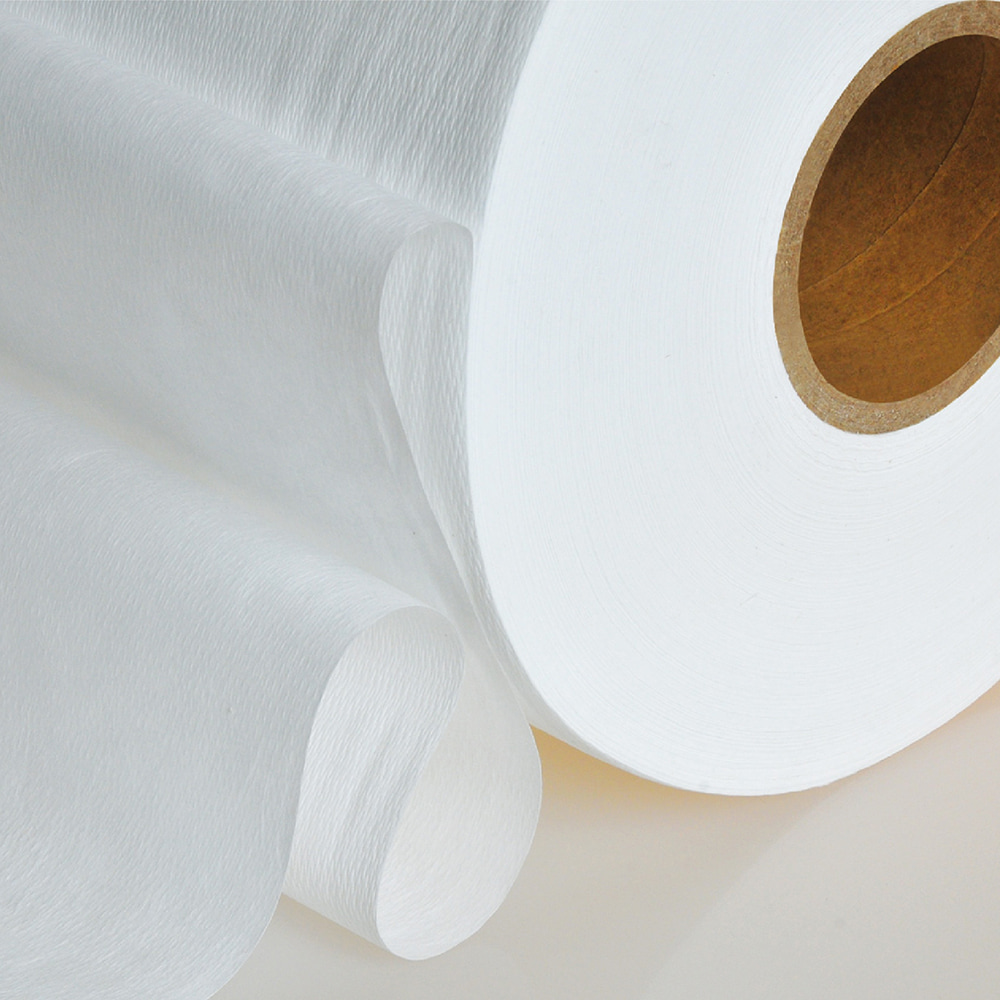The Comprehensive Guide to Medical Lamination Nonwoven Materials
2025-07-24
Understanding Medical Lamination Nonwoven Fabrics
Medical lamination nonwoven materials represent a significant advancement in healthcare textiles, combining the benefits of nonwoven substrates with specialized laminating techniques. These engineered fabrics offer unique properties that make them indispensable in modern medical applications.
What Makes These Materials Special?
The medical lamination nonwoven category encompasses a range of composite materials designed for specific healthcare needs. Unlike traditional woven medical fabrics, these materials are created through mechanical, thermal, or chemical processes that bond fibers together without weaving or knitting.
Key Characteristics:
- Superior barrier properties against fluids and microorganisms
- Enhanced breathability compared to plastic films
- Excellent drape and conformability to body contours
- High strength-to-weight ratio
- Customizable absorption capacities
Benefits of Nonwoven Laminated Materials in Surgical Applications
The use of nonwoven laminated materials in surgical settings has revolutionized infection control practices in operating rooms worldwide. These advanced fabrics provide critical protection for both patients and medical staff during invasive procedures.
Performance Advantages in the OR
When comparing traditional surgical fabrics with modern laminated nonwovens, several key differences emerge:
| Feature | Traditional Woven Surgical Textiles | Laminated Nonwoven Materials |
|---|---|---|
| Barrier Effectiveness | Moderate, depends on weave density | Consistently high, engineered barrier |
| Linting Potential | Higher risk of fiber shedding | Minimal to no linting |
| Fluid Resistance | Requires chemical treatment | Inherent resistance through lamination |
| Breathability | Good, but inconsistent | Engineered for optimal airflow |
Critical Applications in Surgery:
- Surgical gowns for sterile field maintenance
- Drapes for creating aseptic zones
- Packaging for sterilized instruments
- Specialty procedure-specific barriers
How to Choose Medical Grade Nonwoven Laminates
Selecting the appropriate medical grade nonwoven laminates requires careful consideration of multiple technical and performance factors. Healthcare procurement specialists must evaluate materials based on both clinical requirements and practical considerations.
Key Selection Criteria
The decision-making process should address these essential parameters:
- Barrier Classification: Determine the required protection level (AAMI levels for surgical applications)
- Material Composition: Evaluate fiber types and laminate components
- Regulatory Compliance: Verify adherence to relevant medical standards
- Comfort Factors: Assess breathability, flexibility, and tactile properties
- Sustainability Profile: Consider environmental impact and disposal requirements
Performance Testing Considerations:
Medical grade laminates must undergo rigorous testing to validate their suitability for healthcare applications. Essential tests include:
- Hydrostatic pressure resistance (for liquid barrier properties)
- Bacterial filtration efficiency (BFE) testing
- Breathability measurements (MVTR - Moisture Vapor Transmission Rate)
- Tensile strength and tear resistance evaluations
- Biocompatibility assessments
Sterilization Compatibility for Laminated Nonwovens
The sterilization compatibility for laminated nonwovens is a critical factor determining their usefulness in medical settings. Different sterilization methods affect materials differently, requiring careful matching of processes to material capabilities.
Common Sterilization Methods and Material Responses
Medical facilities employ various sterilization techniques, each presenting unique challenges for nonwoven laminates:
| Sterilization Method | Temperature Range | Material Compatibility | Key Considerations |
|---|---|---|---|
| Steam Autoclave | 121°C to 134°C | Limited to heat-resistant laminates | Potential for delamination at high temperatures |
| Ethylene Oxide (EtO) | 30°C to 60°C | Excellent for most laminates | Requires aeration period |
| Gamma Radiation | Ambient | Good, but may affect some polymers | Can alter material properties at high doses |
| Hydrogen Peroxide Plasma | 45°C to 50°C | Excellent for sensitive laminates | No toxic residues |
Material Selection Guidelines:
- For reusable products: prioritize materials withstanding multiple sterilization cycles
- For single-use applications: consider cost-effective options with good aseptic presentation
- For implantable device packaging: select laminates with proven sterility maintenance
Innovations in Medical Nonwoven Fabric Lamination
The field of medical nonwoven fabric lamination continues to evolve with technological advancements that enhance performance and expand application possibilities. These innovations address emerging healthcare challenges while improving cost-effectiveness.
Emerging Technologies in Material Engineering
Recent developments are transforming what's possible with medical nonwoven laminates:
- Nanofiber Integration: Combining conventional nonwovens with nanofiber layers for enhanced filtration
- Smart Laminates: Incorporating responsive materials that change properties with environmental conditions
- Sustainable Solutions: Developing bio-based and biodegradable laminate components
- Antimicrobial Advances: Integrating long-lasting antimicrobial protection without leaching chemicals
- Enhanced Comfort Designs: Creating breathable yet impervious barriers through innovative lamination
Future Directions in Medical Laminates:
The next generation of medical nonwoven laminates will likely focus on:
- Multifunctional materials combining multiple protective properties
- Improved sustainability through recyclable material systems
- Enhanced patient comfort through better moisture management
- Integration of diagnostic capabilities into fabric structures
- Advanced customization for specific surgical specialties
Environmental Considerations for Medical Nonwovens
The environmental impact of medical lamination nonwoven products has become increasingly important in healthcare sustainability initiatives. Balancing clinical effectiveness with ecological responsibility presents both challenges and opportunities.
Sustainability Challenges and Solutions
The medical nonwovens industry faces several environmental considerations:
| Environmental Concern | Current Challenges | Emerging Solutions |
|---|---|---|
| Single-Use Waste | High volume of disposable medical textiles | Developing compostable and biodegradable alternatives |
| Energy Intensive Production | Significant energy requirements for lamination | Implementing renewable energy in manufacturing |
| Chemical Usage | Dependence on fluorochemicals for repellency | Creating eco-friendly water repellent technologies |
| End-of-Life Management | Limited recycling infrastructure | Designing for recyclability and circular systems |
Best Practices for Sustainable Implementation:
- Conducting full lifecycle assessments of medical textile products
- Prioritizing materials with lower environmental footprints
- Implementing take-back programs for specialized products
- Educating staff on proper segregation of medical waste streams
- Investing in research for greener lamination technologies


 日本語
日本語 Русский
Русский España
España عرب .
عرب .

